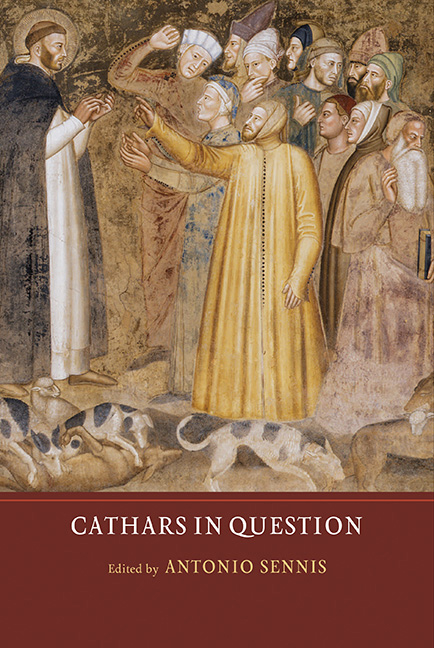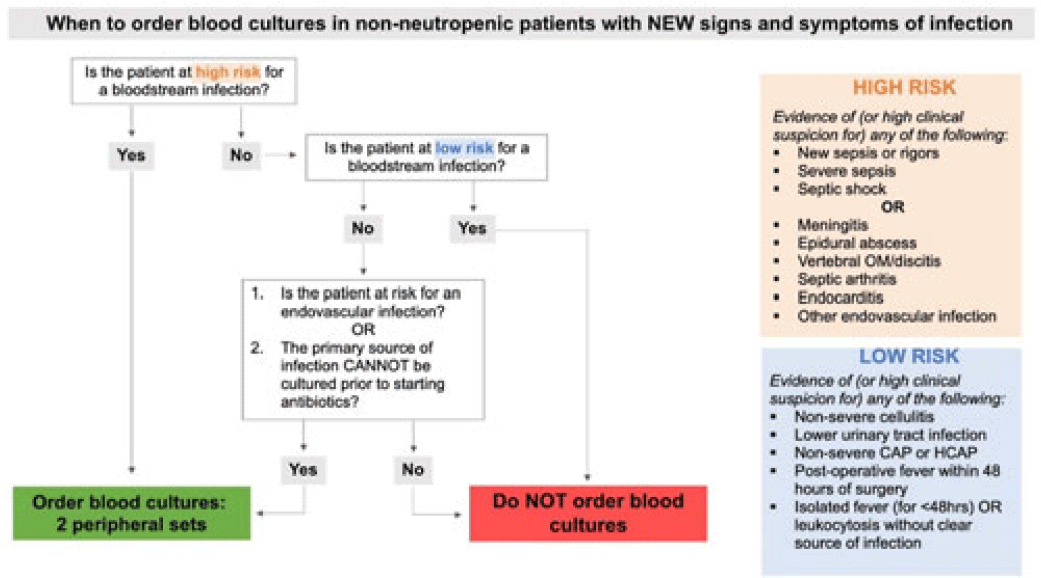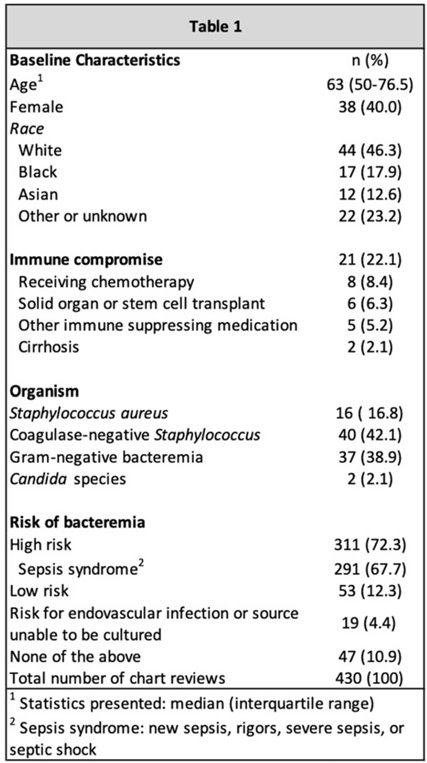212 results
16 Superior Verbal Learning and Memory in Pediatric Brain Tumor Survivors Treated with Proton Versus Photon Radiotherapy
-
- Journal:
- Journal of the International Neuropsychological Society / Volume 29 / Issue s1 / November 2023
- Published online by Cambridge University Press:
- 21 December 2023, pp. 17-18
-
- Article
-
- You have access
- Export citation
Evaluation of interprovider consistency in interpretation of blood culture guidelines at an academic medical center
-
- Journal:
- Antimicrobial Stewardship & Healthcare Epidemiology / Volume 3 / Issue S2 / June 2023
- Published online by Cambridge University Press:
- 29 September 2023, pp. s61-s62
-
- Article
-
- You have access
- Open access
- Export citation
Social Cognition in Temporal and Frontal Lobe Epilepsy: Systematic Review, Meta-analysis, and Clinical Recommendations
-
- Journal:
- Journal of the International Neuropsychological Society / Volume 29 / Issue 2 / February 2023
- Published online by Cambridge University Press:
- 07 March 2022, pp. 205-229
-
- Article
- Export citation
Understanding Cu-Alumina Interactions in Redox Conditions for Chemical Looping Combustion (CLC) Application – A Multi-scale Correlative Electron and X-Ray Microscopy Study
-
- Journal:
- Microscopy and Microanalysis / Volume 27 / Issue S2 / November 2021
- Published online by Cambridge University Press:
- 03 December 2021, pp. 57-58
- Print publication:
- November 2021
-
- Article
-
- You have access
- Export citation
Patterns of aeolian deposition in subtropical Australia through the last glacial and deglacial periods
-
- Journal:
- Quaternary Research / Volume 102 / July 2021
- Published online by Cambridge University Press:
- 08 February 2021, pp. 68-90
-
- Article
- Export citation
Pandemic India: Coronavirus and the Uses of History
-
- Journal:
- The Journal of Asian Studies / Volume 79 / Issue 3 / August 2020
- Published online by Cambridge University Press:
- 05 October 2020, pp. 569-577
- Print publication:
- August 2020
-
- Article
-
- You have access
- HTML
- Export citation
DEATH AND THE MODERN EMPIRE: THE 1918–19 INFLUENZA EPIDEMIC IN INDIA
-
- Journal:
- Transactions of the Royal Historical Society / Volume 29 / December 2019
- Published online by Cambridge University Press:
- 01 November 2019, pp. 181-200
- Print publication:
- December 2019
-
- Article
- Export citation
Experimental demonstration of multi-watt wireless power transmission to ferrite-core receivers at 6.78 MHz
-
- Journal:
- Wireless Power Transfer / Volume 6 / Issue 1 / March 2019
- Published online by Cambridge University Press:
- 11 December 2018, pp. 17-25
- Print publication:
- March 2019
-
- Article
- Export citation
Seasonal patterns of velocity and strain across the tongue of the polythermal glacier midre Lovénbreen, Svalbard
-
- Journal:
- Annals of Glaciology / Volume 42 / 2005
- Published online by Cambridge University Press:
- 14 September 2017, pp. 445-453
-
- Article
-
- You have access
- HTML
- Export citation
Effect of a Pre-Irrigation Period on the Activity of Ethofumesate Applied to Dry Soil
-
- Journal:
- Weed Science / Volume 29 / Issue 6 / November 1981
- Published online by Cambridge University Press:
- 12 June 2017, pp. 712-717
-
- Article
- Export citation
Activity Loss of Ethofumesate in Dry Soil by Chemical Degradation and Adsorption
-
- Journal:
- Weed Science / Volume 32 / Issue 4 / July 1984
- Published online by Cambridge University Press:
- 12 June 2017, pp. 468-471
-
- Article
- Export citation
THIN-FILM FLOW IN HELICAL CHANNELS
- Part of
-
- Journal:
- Bulletin of the Australian Mathematical Society / Volume 95 / Issue 3 / June 2017
- Published online by Cambridge University Press:
- 02 March 2017, pp. 521-522
- Print publication:
- June 2017
-
- Article
-
- You have access
- Export citation
New chronology for the southern Kalahari Group sediments with implications for sediment-cycle dynamics and early hominin occupation
-
- Journal:
- Quaternary Research / Volume 84 / Issue 1 / July 2015
- Published online by Cambridge University Press:
- 20 January 2017, pp. 118-132
-
- Article
- Export citation
Comparison of Glyphosate-Resistant and Nontransgenic Soybean (Glycine max) Herbicide Systems
-
- Journal:
- Weed Technology / Volume 15 / Issue 4 / December 2001
- Published online by Cambridge University Press:
- 20 January 2017, pp. 676-685
-
- Article
- Export citation
Weed Control from Herbicide Combinations with Glyphosate
-
- Journal:
- Weed Technology / Volume 16 / Issue 1 / March 2002
- Published online by Cambridge University Press:
- 20 January 2017, pp. 1-6
-
- Article
- Export citation
Valerie Anderson . Race and Power in British India: Anglo-Indians, Class and Identity in the Nineteenth Century. London: I. B. Tauris, 2015. Pp. xv + 324. $95.00 (cloth).
-
- Journal:
- Journal of British Studies / Volume 55 / Issue 4 / October 2016
- Published online by Cambridge University Press:
- 17 October 2016, pp. 834-835
- Print publication:
- October 2016
-
- Article
- Export citation
Paul R. Josephson , Fish Sticks, Sports Bras, and Aluminum Cans: The Politics of Everyday Technologies. Baltimore: Johns Hopkins University Press, 2015. Pp. ix + 212. ISBN 978-1-4214-1783-7. $29.95 (paperback).
-
- Journal:
- The British Journal for the History of Science / Volume 49 / Issue 3 / September 2016
- Published online by Cambridge University Press:
- 10 October 2016, pp. 521-523
- Print publication:
- September 2016
-
- Article
- Export citation
Acknowledgments
-
- Book:
- Cathars in Question
- Published by:
- Boydell & Brewer
- Published online:
- 31 March 2017
- Print publication:
- 18 August 2016, pp vii-viii
-
- Chapter
- Export citation

Cathars in Question
-
- Published by:
- Boydell & Brewer
- Published online:
- 31 March 2017
- Print publication:
- 18 August 2016
Miscellaneous Endmatter
-
- Book:
- Cathars in Question
- Published by:
- Boydell & Brewer
- Published online:
- 31 March 2017
- Print publication:
- 18 August 2016, pp 333-333
-
- Chapter
- Export citation





